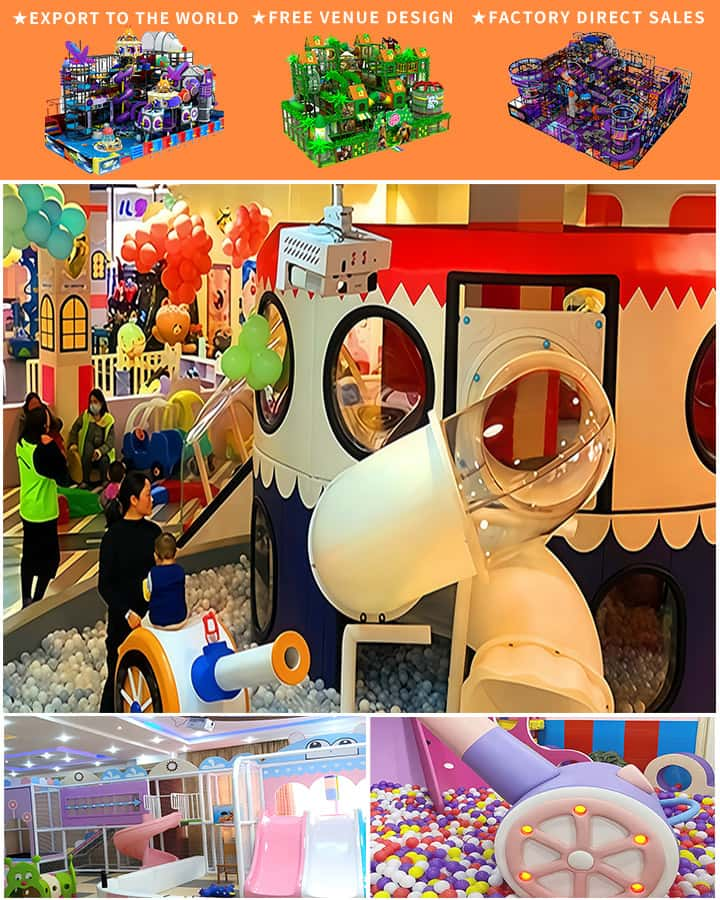Outdoor playgrounds are a cornerstone of childhood, offering kids a place to run, jump, and explore in the fresh air. These spaces are essential for physical development, socialization, and imaginative play. Whether in a park, backyard, or schoolyard, outdoor playgrounds provide numerous benefits that contribute to a child’s overall well-being. Here’s everything you need to know about creating the ultimate outdoor playground for kids.
Benefits of Outdoor Playgrounds
Physical Health
Outdoor playgrounds are a treasure trove of physical activities, from climbing structures to sliding down slides. They encourage kids to stay active, improving muscle tone, coordination, and cardiovascular health. Unlike indoor play areas, outdoor playgrounds offer unrestricted space for running and jumping, making them ideal for burning off energy and promoting overall fitness.
Social Interaction
Playgrounds are social hubs for children, offering opportunities to make friends and develop essential social skills. Shared play experiences teach kids how to take turns, cooperate in games, and resolve conflicts amicably. These social interactions are crucial for emotional development and building self-confidence.
Cognitive Development
Outdoor play isn’t just about physical activity; it also stimulates cognitive development. Kids learn through exploration and problem-solving when navigating playground equipment. Activities like climbing, balancing, and building with natural materials enhance spatial awareness, creativity, and critical thinking skills.
Emotional Well-being
Time spent outdoors has been linked to improved mood and reduced stress levels. The fresh air, sunlight, and natural surroundings have a calming effect, helping kids manage anxiety and boost their overall sense of happiness. Outdoor play also fosters a connection to nature, encouraging mindfulness and environmental appreciation.

Key Features of a Great Outdoor Playground
Safety First
Safety is paramount when designing an outdoor playground. Ensure all equipment is age-appropriate and meets safety standards. Soft surfacing materials like rubber mulch, wood chips, or foam can help reduce the risk of injuries from falls. Regular maintenance and inspections are crucial to keep the playground safe.
Diverse Play Structures
A well-rounded playground should offer a variety of play structures to cater to different interests and age groups. Swings, slides, climbing walls, seesaws, and merry-go-rounds provide diverse experiences. Including elements like sandboxes, water features, and nature trails adds variety and encourages creative play.
Accessibility
Inclusive playgrounds are designed to be accessible to all children, including those with disabilities. Features like ramps, transfer stations, and adaptive equipment ensure that every child can enjoy the playground. Sensory-rich elements such as textured surfaces and musical instruments can also be beneficial for children with sensory processing needs.
Shade and Shelter
Providing shaded areas and shelters protects kids from harsh weather conditions. Umbrellas, canopies, or shade sails offer respite from the sun, while shelters can serve as gathering spots during rain showers. Comfortable seating for caregivers is also important so they can supervise while staying comfortable.
Natural Elements
Incorporating natural elements into the playground design enriches the play experience. Trees, shrubs, and flower beds not only enhance the aesthetic appeal but also provide educational opportunities about nature. Water features like small fountains or streams add excitement and promote sensory exploration.
Tips for Parents and Caregivers
Supervision
Always supervise young children while they play, even in seemingly safe environments. Keep an eye out for any potential hazards and intervene if necessary. Teach kids about playground safety rules, such as waiting their turn and not pushing others.
Dress Appropriately
Encourage kids to wear appropriate clothing and footwear for outdoor play. Lightweight, breathable fabrics are best for warm weather, while layers can help in cooler conditions. Sneakers with good traction are essential for preventing slips and falls.
Stay Hydrated
Kids can get dehydrated quickly, especially in hot weather. Carry a water bottle and encourage regular hydration breaks. Sunscreen is also a must to protect delicate skin from harmful UV rays.
Plan Playdates
Organizing playdates with other parents can enhance the social aspect of outdoor play. Group activities not only make playtime more enjoyable but also help kids build lasting friendships and social skills.
Conclusion
Outdoor playgrounds for kids are much more than just places to have fun—they are vital for physical, social, and cognitive development. By incorporating a variety of play structures, ensuring safety, and embracing natural elements, you can create an enriching environment that nurtures every aspect of a child’s growth. So, let the kids loose in the great outdoors and watch them thrive in a world of adventure and discovery




